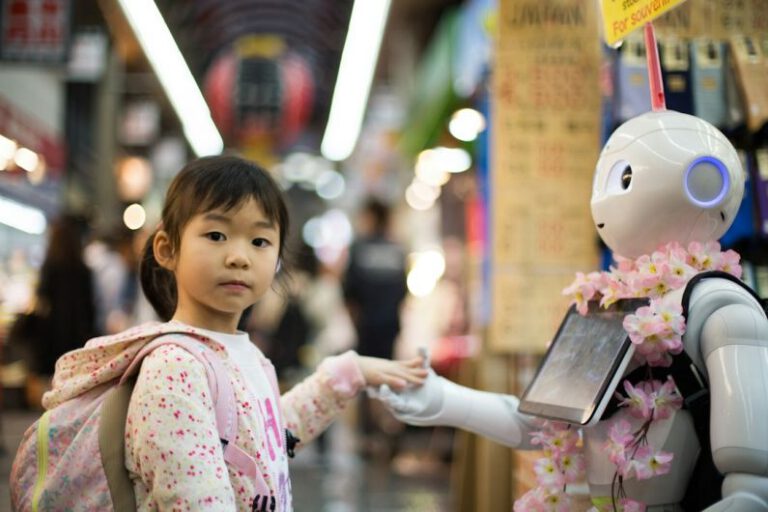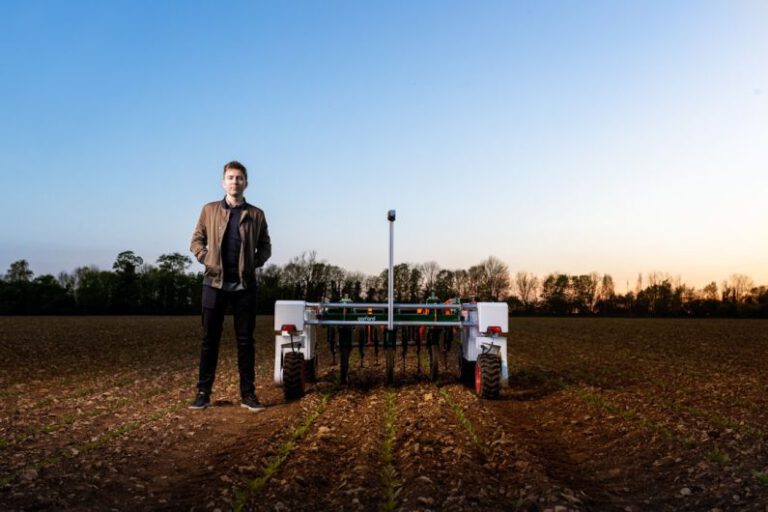Self-driving Vehicles: Shifting Gears in Transport
In recent years, the advent of self-driving vehicles has sparked a revolution in the transportation industry. From futuristic concepts to tangible prototypes on the road, autonomous cars are reshaping the way we think about commuting, logistics, and urban planning. This article delves into the impact of self-driving vehicles on our society and explores the challenges and opportunities they present for the future of transportation.
The Rise of Autonomous Driving Technology
The development of self-driving technology has been a gradual but transformative process. Companies like Tesla, Google’s Waymo, Uber, and traditional automakers have invested billions of dollars in research and development to perfect autonomous driving systems. These vehicles rely on a combination of sensors, cameras, radar, and artificial intelligence to navigate roads, interpret traffic signs, and respond to dynamic environments in real-time. As a result, self-driving cars have the potential to reduce human errors, decrease traffic congestion, and improve road safety.
Enhancing Safety and Efficiency on the Roads
One of the primary benefits of self-driving vehicles is their promise to revolutionize road safety. Human error, such as distracted driving, speeding, and impaired judgment, is a leading cause of accidents on the road. With autonomous vehicles, the likelihood of accidents caused by human factors is significantly reduced. Self-driving cars can communicate with each other to avoid collisions, adhere to speed limits, and maintain safe distances between vehicles. By prioritizing safety and efficiency, autonomous driving technology has the potential to save thousands of lives each year and minimize the economic costs associated with traffic accidents.
Transforming Urban Mobility and Accessibility
Self-driving vehicles are not just about individual car ownership; they also have the potential to revolutionize urban mobility and public transportation. Autonomous shuttles and buses can provide on-demand, efficient, and cost-effective transportation options for commuters, especially in densely populated cities where congestion and pollution are major concerns. Additionally, self-driving cars can enhance accessibility for people with disabilities or limited mobility, offering them newfound independence and freedom to travel independently. By integrating autonomous vehicles into existing transportation networks, cities can create more sustainable and inclusive mobility solutions for all residents.
Challenges and Considerations for the Future
Despite the promising potential of self-driving vehicles, several challenges and considerations must be addressed to ensure their widespread adoption. Regulatory frameworks and safety standards for autonomous driving technology are still evolving, raising questions about liability, insurance, and ethical decision-making in the event of accidents. Cybersecurity threats and privacy concerns also pose significant risks to the deployment of self-driving cars, as hackers could potentially compromise the safety and functionality of autonomous systems. Moreover, the transition to a fully autonomous transportation system requires significant investments in infrastructure, public acceptance, and coordination between stakeholders in the public and private sectors.
Navigating the Road Ahead: What to Expect
As self-driving vehicles continue to evolve and gain traction in the market, it is essential for policymakers, industry leaders, and consumers to collaborate and address the challenges and opportunities that lie ahead. The integration of autonomous driving technology into our transportation ecosystem has the potential to reshape cities, improve road safety, and enhance accessibility for all. By embracing innovation, prioritizing safety, and fostering a sustainable and inclusive mobility culture, we can pave the way for a future where self-driving vehicles play a central role in shaping the way we move and interact with our urban environments.






